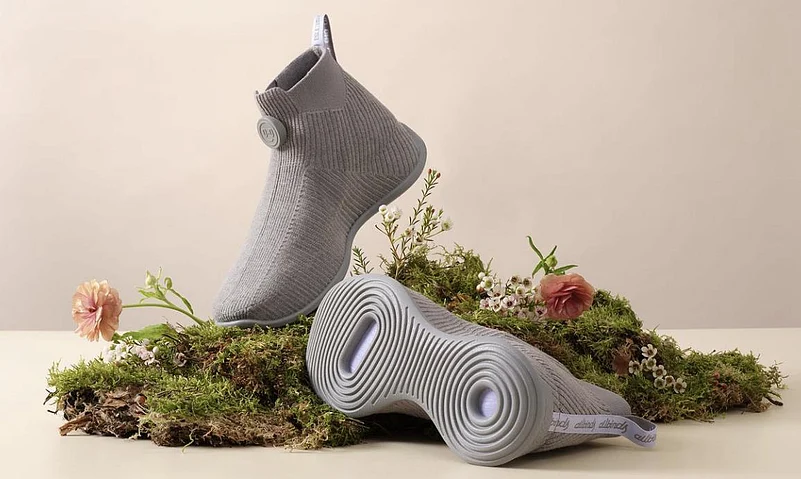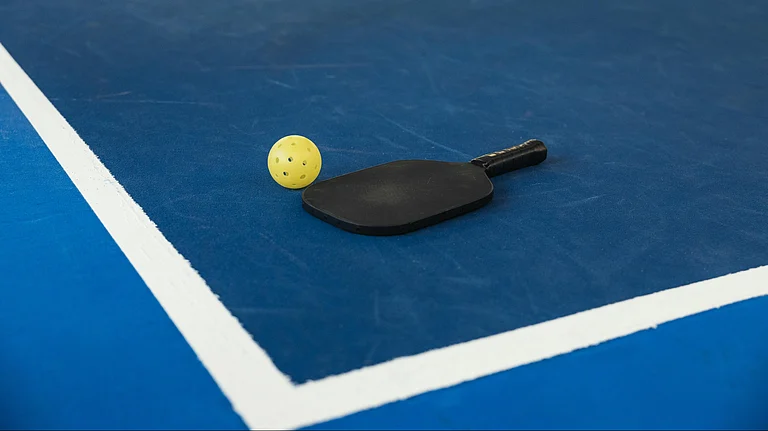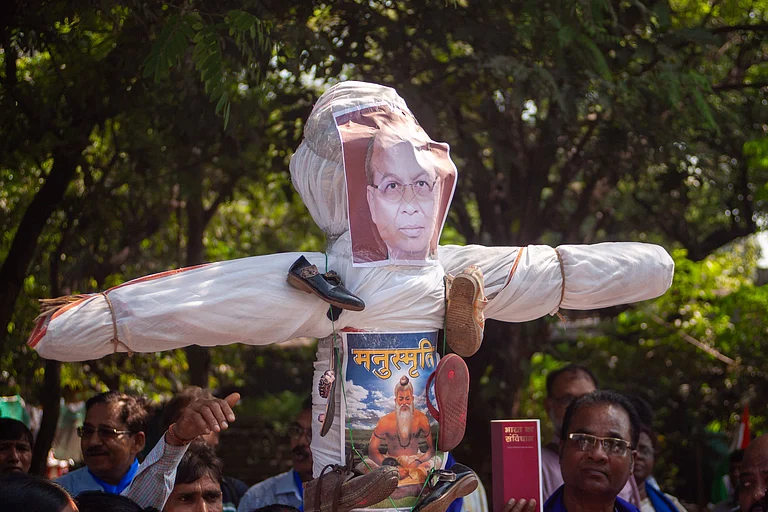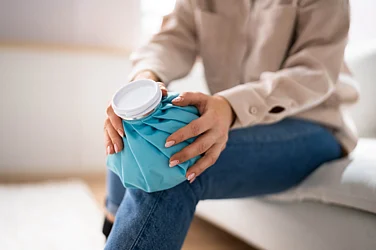The athletic footwear industry stands at a critical juncture where environmental sustainability and commercial viability must converge to address one of fashion's most pressing challenges. With the global production of 23-24 billion pairs of shoes annually and approximately 20 billion pairs discarded each year, the traditional linear model of "take-make-dispose" has created an environmental crisis that demands immediate attention. The circular economy model for athletic footwear represents a transformative approach that reimagines the entire lifecycle of sports shoes, from design and manufacturing to end-of-life recovery and regeneration.
Understanding the Circular Economy in Athletic Footwear
The circular economy model fundamentally shifts from the traditional linear approach to one that focuses on reducing waste, reusing materials, and promoting recycling throughout the footwear production cycle. Unlike conventional manufacturing that treats shoes as disposable items after wear, circular design principles create products that are intentionally designed with their end-of-life state as a priority consideration. This approach encompasses everything from the individual fibers used in shoe construction to the type of adhesives that bind components together, ensuring that every element can be effectively recycled or repurposed.
The global sustainable footwear market, valued at USD 8.46 billion in 2023, is projected to reach USD 12.96 billion by 2030, growing at a compound annual growth rate of 6.4%, demonstrating increasing consumer demand for environmentally conscious alternatives. This growth reflects not only environmental awareness but also technological advances that have made circular footwear models commercially viable.
Revolutionary Design Approaches
Leading athletic footwear brands have pioneered innovative circular design solutions that address the fundamental challenge of material separation and recyclability. Nike's ISPA Link Axis shoe represents a breakthrough in circular design, featuring interlocking components made from as few materials as possible with zero glue, allowing every part to be fully recycled. The shoe incorporates a 100% recycled polyester Flyknit upper engineered to fit over the outsole and 100% recycled thermoplastic polyurethane tooling made from scrap airbag material.
Adidas has developed the Futurecraft Loop sneaker, created entirely from virgin thermoplastic polyurethane, which can be ground up and remade into new shoes through a closed-loop recycling system. The single-material construction eliminates the traditional challenge of separating different components for recycling, though currently only five percent of recycled elements can be used in subsequent versions. Puma's RE:SUEDE project demonstrates another approach, creating sneakers that biodegrade into farm-ready compost, with the company processing 1,300 tons of old discarded footwear in their recent pilot program.
Innovative Business Models and Take-Back Programs
The circular economy extends beyond product design to encompass revolutionary business models that maintain product lifecycle control. On's Cloudeasy Cyclon program offers athletic shoes exclusively through a monthly subscription service costing approximately $30, where customers lease rather than own their footwear. Subscribers return worn-out pairs in exchange for new ones, ensuring that the company maintains control over the product lifecycle and guarantees proper recycling.
Take-back programs have emerged as another crucial component of circular footwear systems. Nike's Reuse-A-Shoe program accepts any brand of athletic shoes at participating stores, processing them through specialized grind machines to create Nike Grind material that gets incorporated into new products, athletic facilities, and retail spaces. The company has been incorporating Nike Grind into various applications for nearly 30 years, demonstrating the long-term viability of material recovery systems.
Material Innovation and Recovery Technologies
Circular footwear design relies heavily on innovative materials that can support multiple lifecycle iterations without performance degradation. Zeology tanned leather represents one such advancement, offering a durable and sustainable material free of hazardous chemicals that can compost and biodegrade naturally at end-of-life. Research conducted in the Netherlands on PUMA sneakers made with Zeology suede leather has demonstrated the potential for sports shoes to serve as garden fertilizer, offering a compelling alternative to landfill disposal.
The technical challenges of footwear recycling stem from the complex multi-material construction of typical athletic shoes, which contain dozens of different components including leather, plastic, cotton, rubber, and synthetic materials that are difficult to separate and process. Advanced grinding and separation technologies have emerged to address these challenges, with companies like Save Our Soles specializing in converting returned footwear into indoor matting and other applications.
Economic Impact and Market Transformation
The circular footwear economy presents significant economic opportunities alongside environmental benefits. The Closing the Footwear Loop initiative, featuring brands like Adidas, Puma, On, and 14 other companies, aims to operationalize circularity through measurable, data-backed processes across design, production, and end-of-life stages. This collaborative approach recognizes that individual company efforts must scale to industry-wide transformation to achieve meaningful impact.
Manufacturing accounts for 43% of footwear's environmental emissions, while raw material extraction and processing contribute 34%, making circular design approaches that address both production and material sourcing essential for meaningful environmental impact reduction. A typical shoe generates 30 pounds of CO2 during production, with traditional shoes taking up to 1,000 years to decompose in landfills.
How Circular Economy Models Can Transform Indian Sports
Addressing India's Massive Footwear Market
India's footwear market, valued at USD 17.89 billion in 2024 and projected to grow at 12.39% CAGR through 2032, presents enormous opportunities for circular economy implementation. As the world's second-largest footwear producer and consumer, India manufactures nearly 3 billion pairs annually while discarding an estimated 1.5 billion pairs each year. The country's position as the sixth-largest footwear exporter globally provides significant leverage for implementing circular practices that could influence international supply chains.
The Indian footwear industry employs approximately 5 million people, with micro, small, and medium enterprises comprising over 95% of production units. This distributed manufacturing structure creates unique opportunities for implementing localized circular economy initiatives that can be scaled across different regions and production clusters.
Leveraging Existing Infrastructure and Innovation
India's textile sector already demonstrates impressive circular economy capabilities, with a 69% recycling rate compared to less than 20% globally, and capacity to recycle 5,000 tonnes of textile waste daily. Clusters like Panipat, Tirupur, Karur, Surat, and Ludhiana house thousands of MSMEs embedded in local circular ecosystems that turn waste into new products. This existing infrastructure provides a foundation for expanding circular practices into footwear manufacturing.
Indian startups are already pioneering circular footwear solutions, with companies like Thaely creating shoes entirely from recycled waste including plastic bags and bottles, and Neeman's producing sustainable footwear using recycled tires and PET bottles. These innovations demonstrate India's capability to develop cost-effective circular solutions that can be scaled for mass production.
Government Policy Support and Market Development
The Indian government's National Manufacturing Mission, announced in the 2025-26 Union Budget, specifically targets the footwear and leather sector with focus product schemes supporting design capacity, component manufacturing, and machinery for quality footwear production. The scheme aims to facilitate employment for 2.2 million people, generate turnover of Rs 4 lakh crore, and exports exceeding Rs 1.1 lakh crore.
Recent pilot programs demonstrate the feasibility of large-scale footwear recycling in India. The Circular Apparel Innovation Factory, in collaboration with Greenworms, successfully collected 130 tonnes of post-consumer footwear and trained over 130 women in collection and sorting processes, achieving a 50-70% recycling rate. This initiative validated both the technical feasibility and social impact potential of circular footwear programs in India.
Creating Sustainable Sports Ecosystem Benefits
For India's growing sports ecosystem, circular footwear models offer multiple advantages. The country's sports equipment market growth, combined with increasing participation in athletic activities, creates demand for sustainable sports footwear that aligns with environmental consciousness. Circular design approaches can reduce costs for sports academies and training centers by providing subscription-based access to high-quality athletic footwear that maintains peak performance through regular replacement cycles.
Metro Brands, one of India's largest footwear retailers, has already demonstrated the commercial viability of circular practices by processing 50% of old discarded footwear in an eco-friendly manner by FY 2023-24, up from 5% in their initial pilot program. This success provides a blueprint for scaling circular practices across India's extensive retail footwear network.
The integration of circular economy principles in Indian athletic footwear can position the country as a global leader in sustainable sports manufacturing while creating employment opportunities, reducing environmental impact, and supporting the growing demand for environmentally conscious sports products. As international brands increasingly prioritize sustainability in their supply chains, India's adoption of circular footwear models could enhance its competitiveness in global markets while supporting domestic sports development initiatives.



























